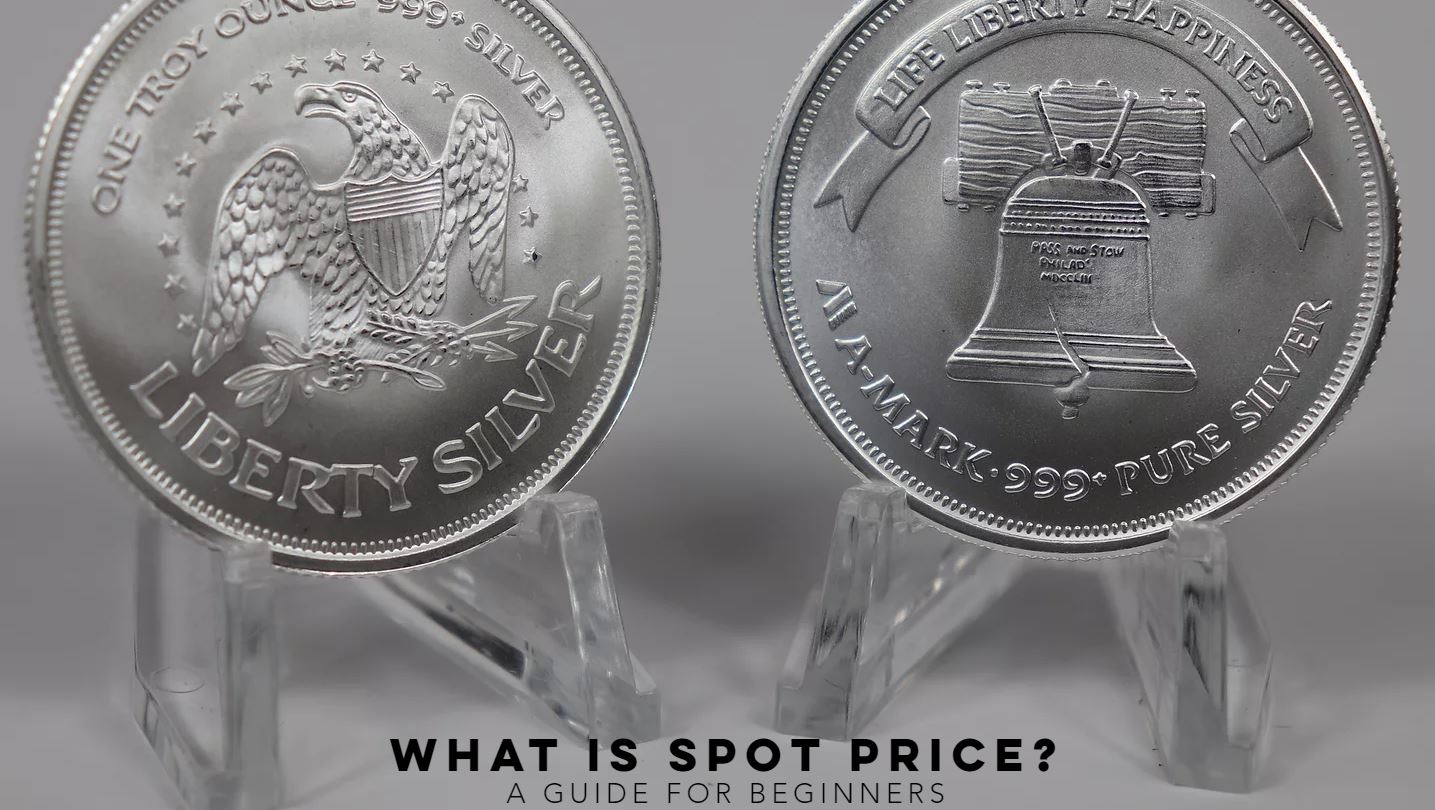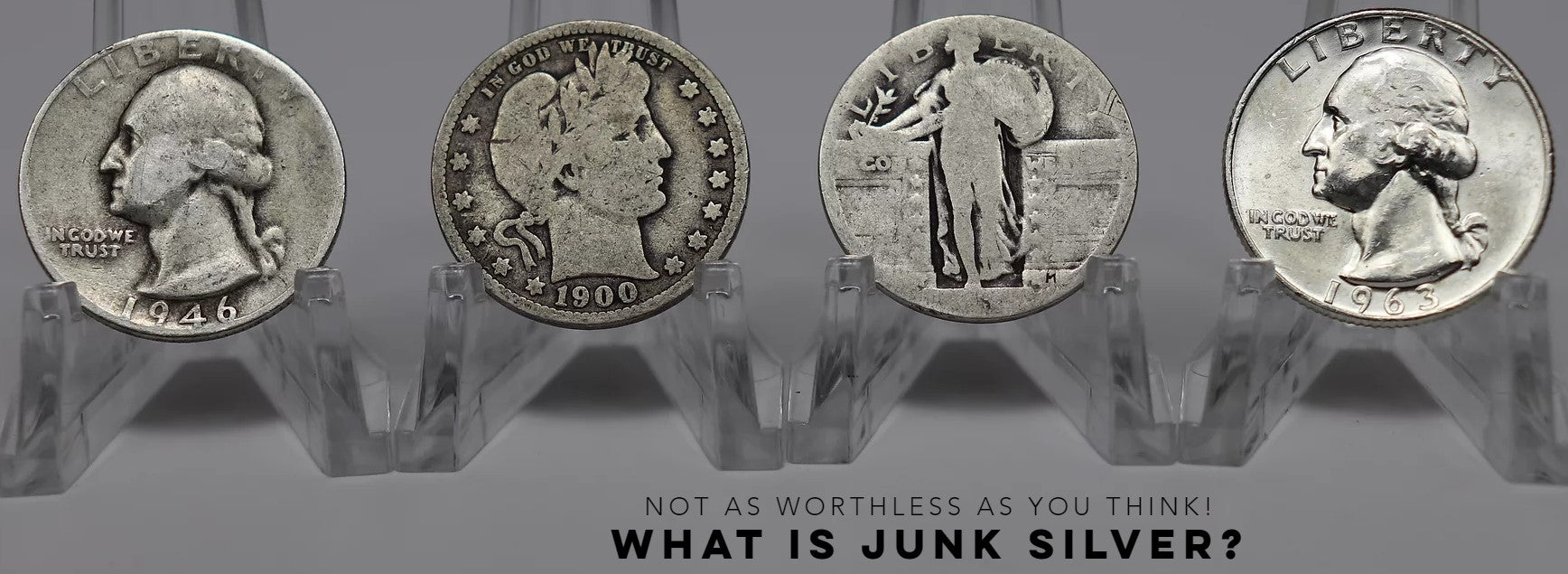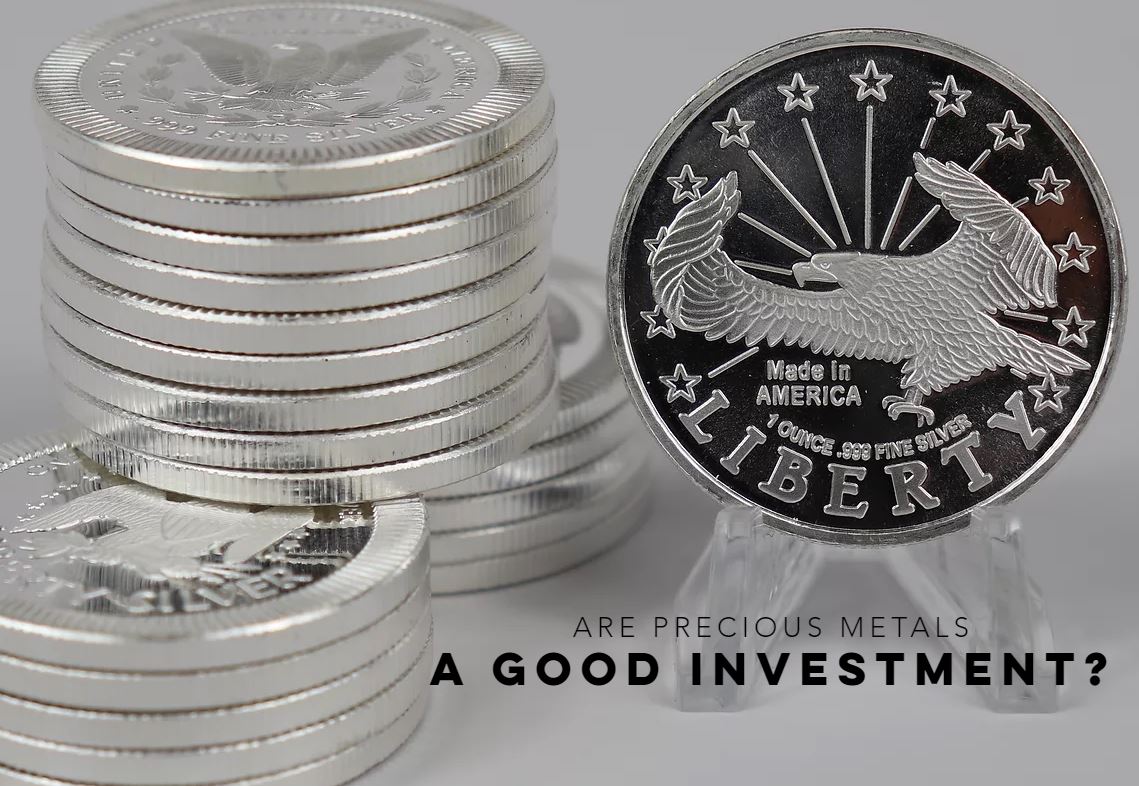Makayla Joanne - February, 1st 2024
Gold and Silver Price Ratios:
An Investor's Guide

Investing in precious metals like gold and silver has been a practice for centuries, offering a hedge against inflation, currency devaluation, and economic uncertainty. A critical tool in the arsenal of investors in this realm is understanding the Gold and Silver Price Ratio. This blog delves into what this ratio is, its historical significance, practical applications for investors, and the implications it has on investment strategies.

Investing in silver offers a hedge against inflation and economic uncertainty.
Understanding the Gold and Silver Price Ratio
The Gold and Silver Price Ratio is a simple yet powerful concept. It measures how many ounces of silver it takes to purchase one ounce of gold. The formula is straightforward: divide the price of gold per ounce by the price of silver per ounce. For example, if gold is priced at $1,200 per ounce and silver at $20 per ounce, the ratio is 60:1.
Historical Perspective
Historically, this ratio has fluctuated significantly, influenced by various economic, political, and social factors. In ancient times, the ratio was set by governments and empires. For instance, in the Roman Empire, the ratio was set at 12:1. The discovery of new silver or gold sources, like the silver boom in the Americas during the 15th and 16th centuries, also drastically affected the ratio.
In the U.S. for example and taking a look at old U.S. coinage and bills, the ratio was set at 15:1. U.S. Dollar Bills were available as either gold and silver certificates in $1, $2, $5, $10, $20, $50, $100, $500 and $1,000 denominations. These bills were simply a way to carry and transact receipts redeemable in gold and silver versus carrying around a huge sack of coins.
Redeem a $1 silver certificate get a $1 Silver Morgan, redeem a $20 gold certificate, get a $20 Saint-Gaudens. This kept our currency from devaluing because it was backed by a physical item, meaning the government or now the federal reserve (which is only federal by name) from over printing and over issuing paper currency and debt.
In more recent times, the Gold and Silver Price Ratio has continued to fluctuate. In the 20th century, the ratio averaged between 47:1 and 50:1. However, during economic crises, such as the 2008 financial crisis, the ratio has spiked, reaching highs of over 110:1.
Practical Applications for Investors
Indicator of Market Sentiment: The ratio can signal investor sentiment. A high ratio may indicate gold being favored, often seen in times of economic uncertainty. Conversely, a lower ratio might suggest a bullish outlook on silver, possibly during economic growth.
Trading Strategy: Investors use the ratio to determine the right time to trade one metal for another. For instance, trading silver for gold when the ratio is high and reversing the trade when it drops.
Portfolio Diversification: Understanding the ratio helps in diversifying portfolios. Investors might increase holdings in silver or gold depending on their analysis of the ratio and market conditions.

Investment Strategies Based on the Gold and Silver Ratio
Ratio Trading: Investors buy silver when the ratio is high and switch to gold when it is low. This strategy banks on the ratio reverting to its historical mean.
Hedging: Investors hold both metals but adjust the ratio based on market conditions, using the metals to hedge against currency devaluation and inflation.
Long-Term Investment: Some investors use the ratio for long-term investment decisions, buying silver or gold when the ratio reaches historic extremes, anticipating a correction over time.
Implications of the Gold and Silver Price Ratio
Economic Indicators: A high ratio often indicates economic distress, while a low ratio might suggest economic stability or growth.
Inflation and Deflation: The ratio can be a predictor of inflation or deflation. A rapidly increasing ratio might signal deflation, while a decreasing ratio could indicate inflation.
Market Volatility: Significant changes in the ratio can indicate increased market volatility, prompting investors to reassess their portfolios.
Conclusion
The Gold and Silver Price Ratio is more than just a number; it's a dynamic and multifaceted tool that can offer insights into market conditions, economic indicators, and investment opportunities. By understanding and applying knowledge of this ratio, investors can make more informed decisions, enhancing their investment strategies in precious metals. Whether for short-term trading or long-term investment, the ratio is an essential aspect of investing in gold and silver.
So whether you disregard it completely or use it as a measure of value, or are waiting for a good ratio to exchange your silver for gold or to make a significant purchase, it is a tool that should be monitored.
Disclaimer
It's important to note that investing in gold and silver involves risk, and the ratio should not be the sole basis for any investment decision. Investors should conduct thorough research or consult with financial experts before making investment choices.
This is in no way to be considered investment advice. Past performance is no guarantee of future results. Asset allocation and diversification do not ensure a profit or guarantee against a loss. Keep in mind that any form of investing involves risk and you should always consult with your financial advisor before making any financial decisions. Investor Crate, LLC., it's subsidiaries and staff will never advise you on any asset as our aim is to provide a fun and affordable service should you decide to purchase Precious Metals.
Keep in mind that investing involves risk. The value of your investment will fluctuate over time, and you may gain or lose money.




I always appreciate the great information you provide!
Trying to keep up with actually real time price ratio can seem to be hard
I’m all in for silver since I can’t afford gold.
Interesting article on price ratios.
Thanks for sharing. Never really thought of the ratio before.